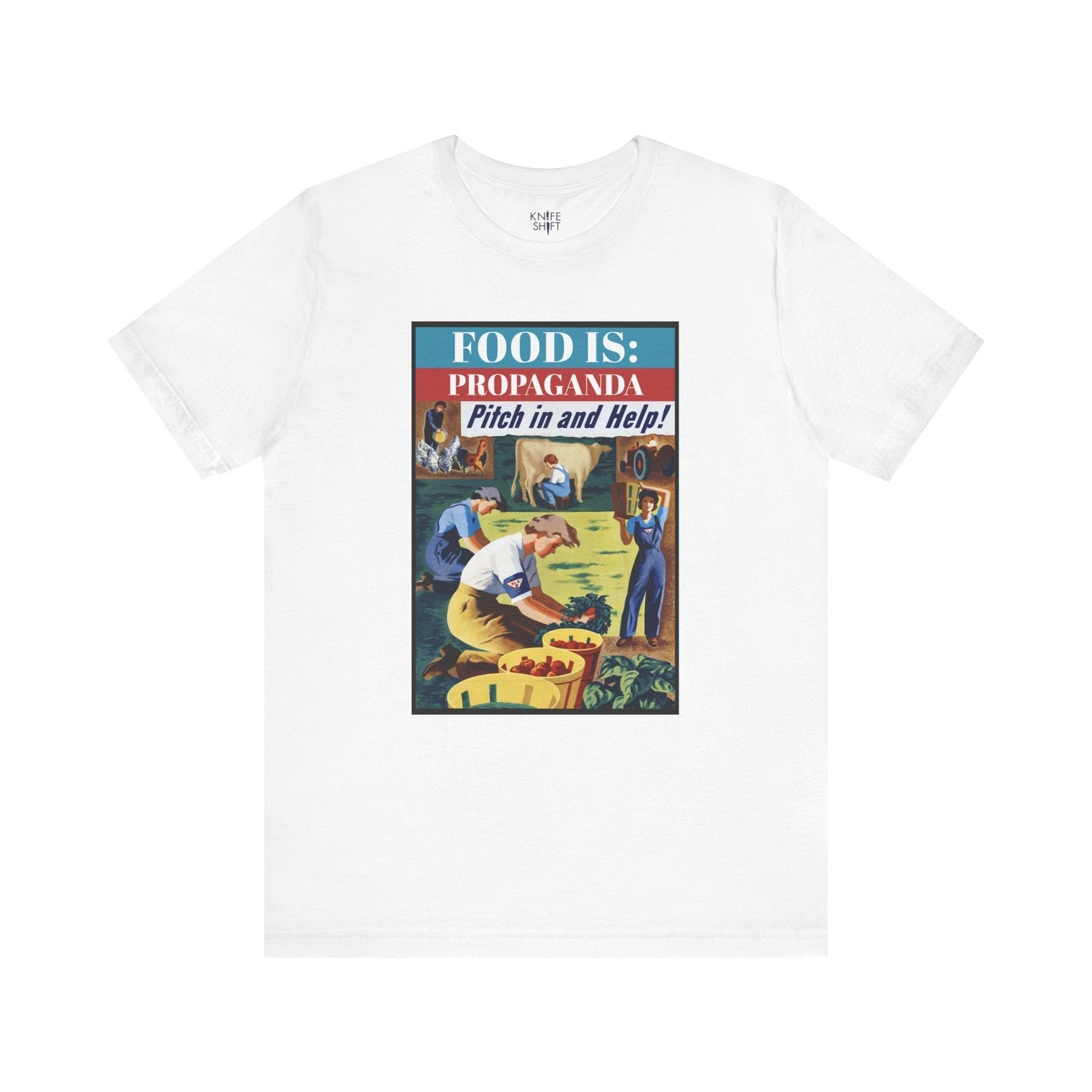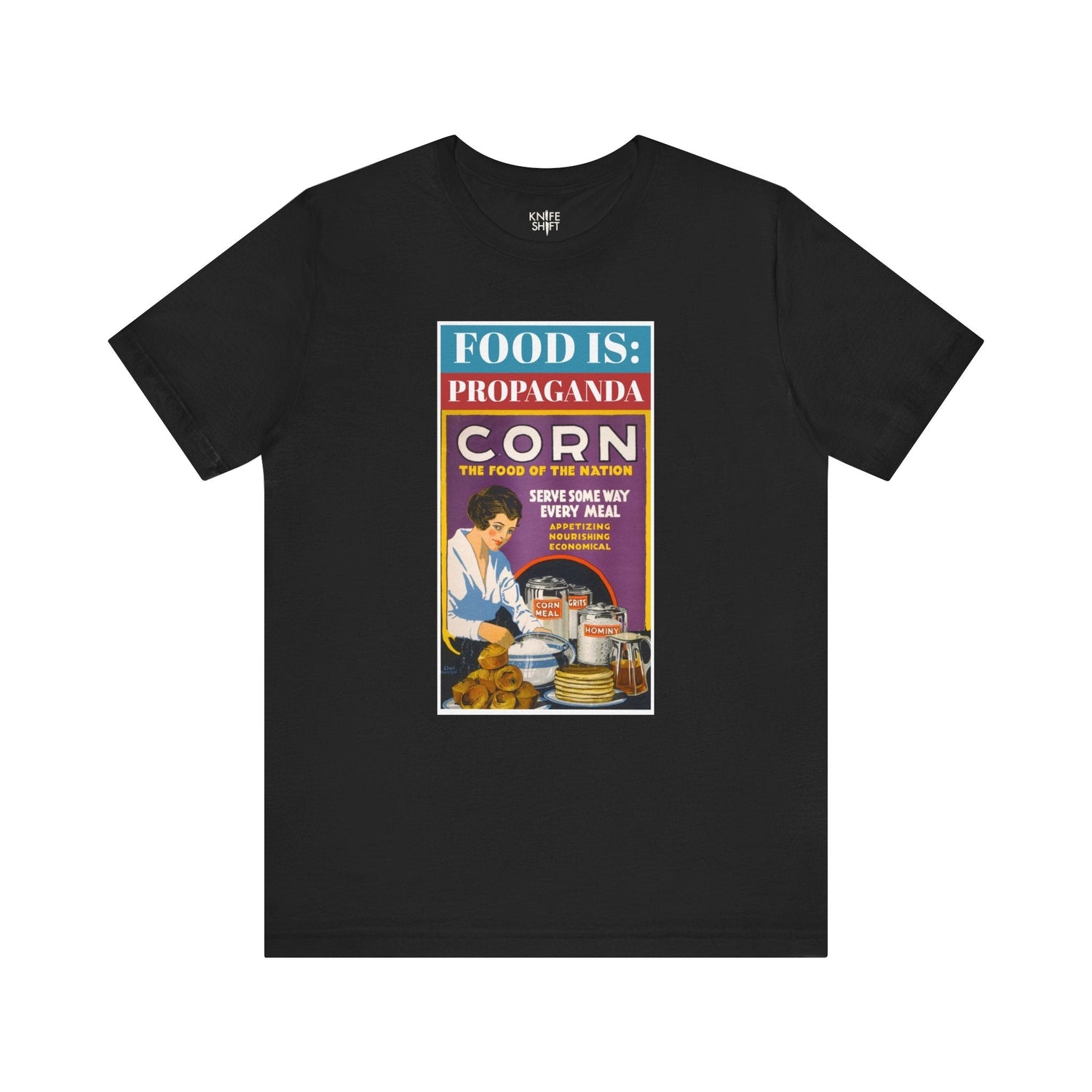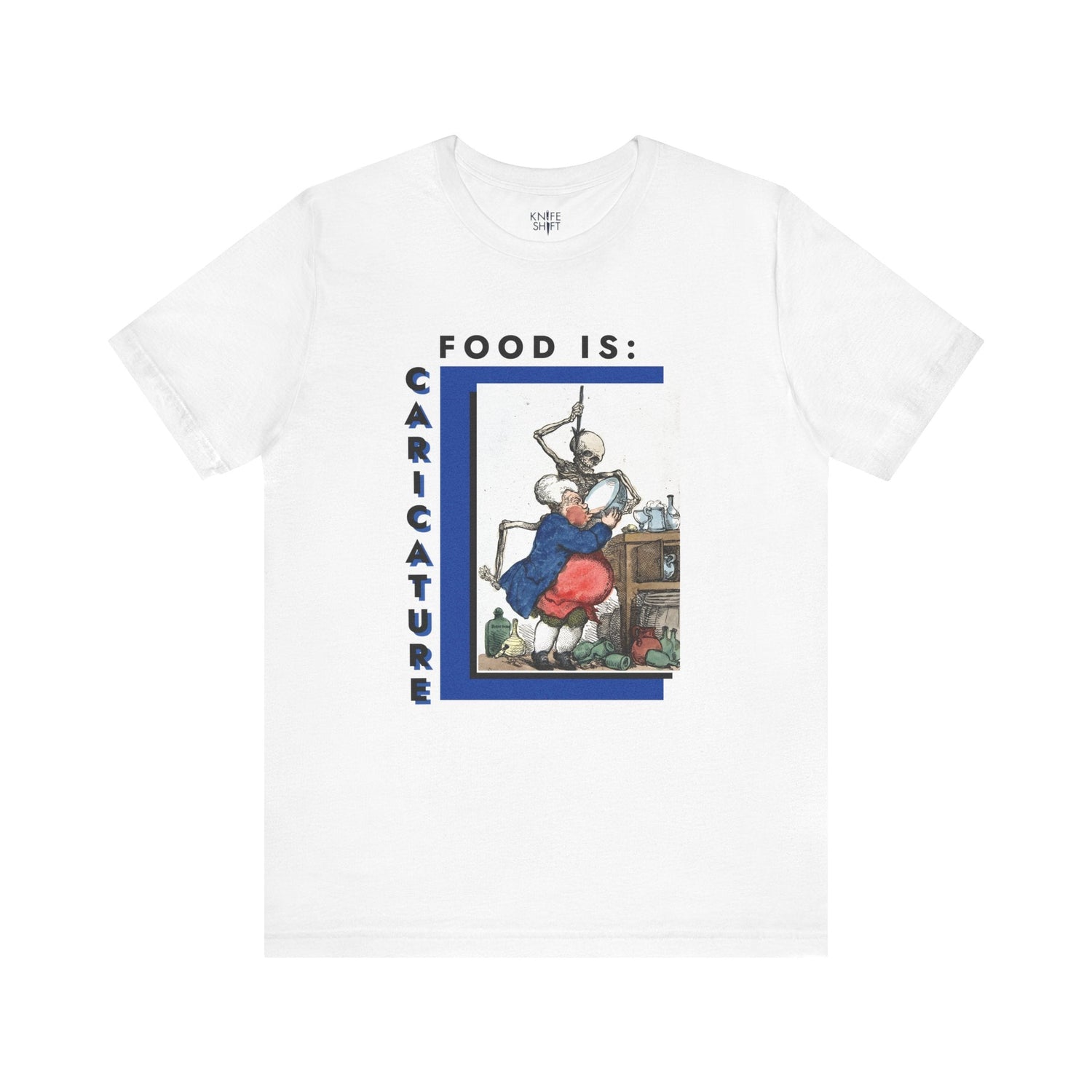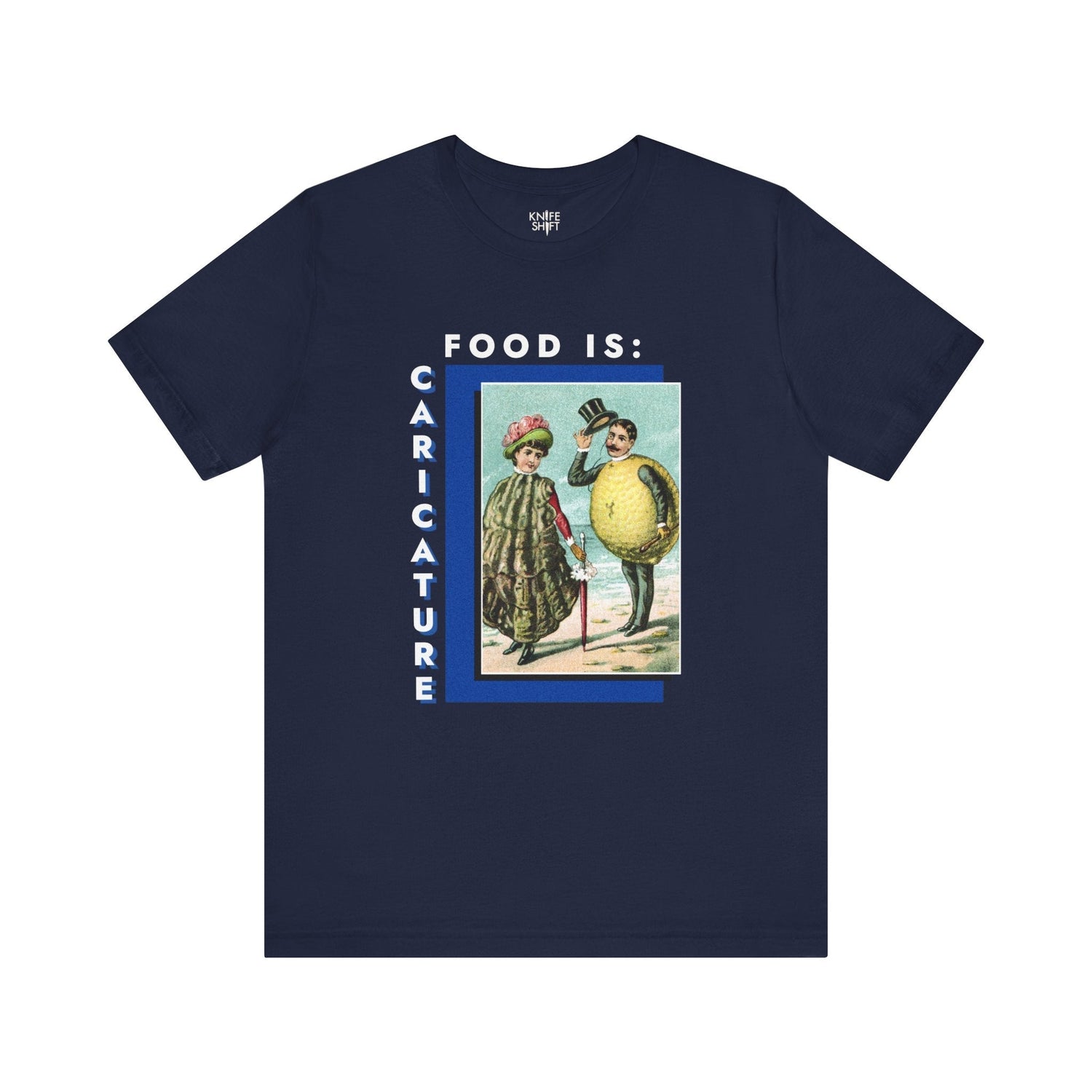Sort by:
123 products
123 products
About the Artwork:
Hubert Morley (1888-1951) was an American painter, etcher, and commercial artist. While Morley's career spanned various artistic mediums, he's particularly recognized for his contributions to the war effort during World War II. Morley created numerous posters for the U.S. government, motivating the public to support the war cause through rationing, production increases, and civilian participation.
"Pitch in and Help! Join the Women's Land Army of the U.S. Crop Corps" features four American women working on a farm. One drives a tractor, another milks a cow, and two others harvest vegetables and tend to chickens. Their expressions are determined and focused. The title urges viewers to "Pitch in and Help!" by joining the Women's Land Army.
Image courtesy of Boston Public Library's Digital Commonwealth Collections.
About the Artwork:
Lloyd Harrison was an accomplished graphic artist known for his impactful and compelling propaganda posters, particularly those produced during World War I. Harrison's work often combined bold imagery with persuasive slogans to influence public opinion and motivate specific behaviors during a time of national need. His style is characterized by vibrant colors and dynamic compositions, which were effective in capturing the attention of a broad audience. His posters not only served practical purposes during wartime but also stand as significant historical documents that provide insight into the socio-political climate of the early 20th century.
"Corn - the Food of the Nation" by Lloyd Harrison is a striking propaganda poster that was part of a larger effort to encourage American consumers to adjust their food consumption habits during World War I. The artwork features a woman preparing baked goods like muffins and pancakes, which sit alongside canisters labeled "corn meal," "grits," and "hominy."
Image courtesy of U.S. Library of Congress Catalog.
About the Artwork:
Thomas Rowlandson was an English artist and caricaturist noted for his colorful and satirical depictions of Georgian society and manners. Born in 1756 in London, Rowlandson's works were distinguished by their robust humor, lively characters, and often bawdy themes. He had a keen eye for the absurdities of human behavior and his drawings frequently featured the social and political scenarios of his time.
"The Last Drop" is an example of Rowlandson’s approach to caricature and social commentary. The artwork portrays a London tradesman overindulging on whiskey punch while having a skeletal representation of death looming over him as he imbibes. The character is depicted in an exaggerated, grotesque manner, emphasizing his inebriation and lack of decorum.
Image courtesy of the Met's Open Access Initiative.
About the Artwork:
While the exact artist is unknown, "Man's head on a watermelon body" was produced by the print shop of Clay & Richmond, a Buffalo, New York-based company known for their playful chromolithographs in the mid-19th century. These vibrant prints were popular for their humorous and often bizarre imagery.
This particular chromolithograph features a curious sight: a man's head sitting atop a plump watermelon body. The man retains his clothing, with a shirt collar and dress slacks above and below the smooth green rind.
Image courtesy of Boston Public Library via Digital Commonwealth Collection.
About the Artwork:
Charles Livingston Bull (1874-1932) was an American artist and illustrator renowned for his detailed and dynamic depictions of wildlife. A prominent figure during the Golden Age of American illustration, Bull's work graced the covers of magazines like Good Housekeeping and The Saturday Evening Post. Beyond commercial art, Bull also contributed to the U.S. war effort during World War I by creating informative and persuasive posters, like "Save the Products of the Land."
Image courtesy of Boston Public Library's Digital Commonwealth Collections.
Geographical Indication - Asiago
This shirt is part of our exclusive collection of products that celebrate the rich heritage of food and beverages with Geographical Indication (GI) labels. GIs are special labels given to products that come from a specific place and have qualities, reputation, or characteristics unique to that location. Each item in this collection features a detailed illustration of the renowned food or beverage on the front, while the back showcases a map of the specific production region. These maps are uniquely composed of text from official European Union legal documents, describing the precise specifications that grant these items their GI status. In this collection we pay tribute to food culture and the importance of respecting origins.
This collection makes for perfect, unique gifts for foodies or gifts for chefs.About the Artwork:
Lloyd Harrison (1864-1931) was an American commercial artist known for his vibrant and detailed illustrations. Active during the early 20th century, Harrison primarily created advertisements for various companies. However, his work for the U.S. Food Administration during World War I holds historical significance. Posters like "Wholesome – Nutritious: Foods from Corn" aimed to educate the public about alternative food sources during wartime shortages.
This colorful poster features a festive display of corn-based products. The composition is an array of tempting dishes made with corn. Baked goods like bread and cake sit alongside cans of corn starch and corn oil. The text "Wholesome – Nutritious. Foods from Corn" arches boldly across the top, emphasizing the health benefits of corn.
"Wholesome – Nutritious: Foods from Corn" served a dual purpose during World War I. As wheat supplies dwindled, the U.S. Food Administration encouraged citizens to incorporate more corn into their diets. The abundance of corn-based dishes showcased in the poster demonstrates the versatility of this grain. From breakfast staples like pancakes to savory grits, the artwork highlights corn's potential to satisfy a variety of culinary needs.
Image courtesy of Boston Public Library Digital Commonwealth Collections.
About the Artwork:
John Leech was an English caricaturist and illustrator, born in 1817 in London, known for his sharp wit and role in shaping British satirical art. Leech worked extensively for the magazine Punch, where he contributed drawings that highlighted the absurdities and contradictions within Victorian society. His work is celebrated for its humor, expressive characters, and ability to critique social norms while still engaging a broad audience. Leech’s illustrations not only entertained but also provided commentary on politics, culture, and everyday life, making him a key figure in the development of British cartoon and comic art.
"Vegetarian Odd Fellows" is an example of John Leech's humorous and satirical style, depicting two men as a carrot and parsnip. The man depicted as a parsnip appears to be elderly and is referred to by Leech as "Pa-Snip," potentially indicating a familial connection between the two figures or simply intending to highlight an age disparity. The other figure "Carrott" is aiding Pa-snip as the two engage in yard or farm labor.
Image courtesy of the Met's Open Access Initiative.
About the Artwork:
Save Waste Fats (Artist Unknown, c. 1943) is a World War II propaganda poster aimed to mobilize civilians on the home front. This utilitarian poster serves an instructive function, providing civilians with direction on how to recycle essential resources that can be used in the war effort.
Image courtesy of Boston Public Library Digital Commonwealth Collections.
About the Artwork:
The Buffords Sons Lith. Co. was a prominent American lithography firm based in Boston, operating with influence throughout the 19th century. Founded by John Henry Bufford, a key figure in the development of American lithography, the company was known for its high-quality prints, illustrations, and posters. Their work often included vibrant and detailed images that catered to a wide range of commercial and artistic needs, capturing the cultural and social nuances of American life during that era. Their contribution to the lithographic arts is notable for both technical innovation and the popularization of artistic prints.
"Miss Shell and Mr. Lemon" features anthropomorphic representations of an oyster shell and a lemon in a playful, possibly romantic interaction. Miss Shell is elegantly and delicately detailed while Mr. Lemon is depicted with a zestful and bright appearance, enhancing his citrus character.
Public domain image courtesy of Cornell University Library Digital Collections, modified.
Geographical Indication - Kölsch
This shirt is part of our exclusive collection of products that celebrate the rich heritage of food and beverages with Geographical Indication (GI) labels. GIs are special labels given to products that come from a specific place and have qualities, reputation, or characteristics unique to that location. Each item in this collection features a detailed illustration of the renowned food or beverage on the front, while the back showcases a map of the specific production region. These maps are uniquely composed of text from official European Union legal documents, describing the precise specifications that grant these items their GI status. In this collection we pay tribute to food culture and the importance of respecting origins.
This collection makes for perfect, unique gifts for foodies or gifts for chefs.About the Artwork:
Amédée Varin, an artist active in the 19th century, was known for his imaginative and often whimsical illustrations that blended botanical elements with human characteristics. Varin's work typically involved elaborate depictions of plants and flowers anthropomorphized in a variety of scenes that both amused and fascinated viewers. His unique style captures an intersection of nature and human culture.
"Cucurbitus 1er/ Costume d'apparat" demonstrates Amédée Varin’s distinctive approach to botanical illustration. This artwork portrays a majestic figure, adorned in attire that mimics the form and texture of gourd vegetables. Varin’s meticulous attention to detail highlights the characteristics of the gourd, transforming them into a dignified presence that commands respect and curiosity.
Image courtesy of the Minneapolis Insitute of Art (Mia).
























